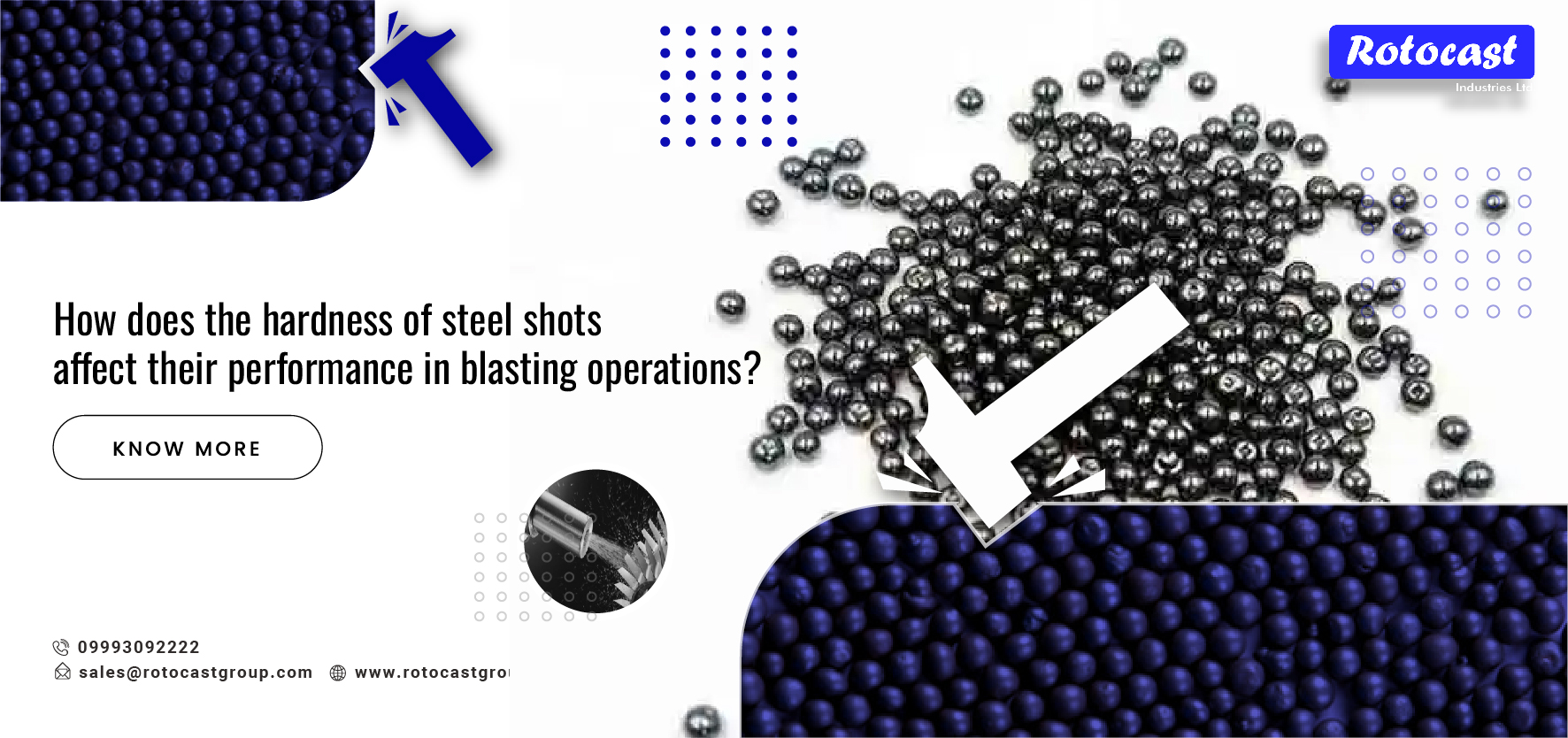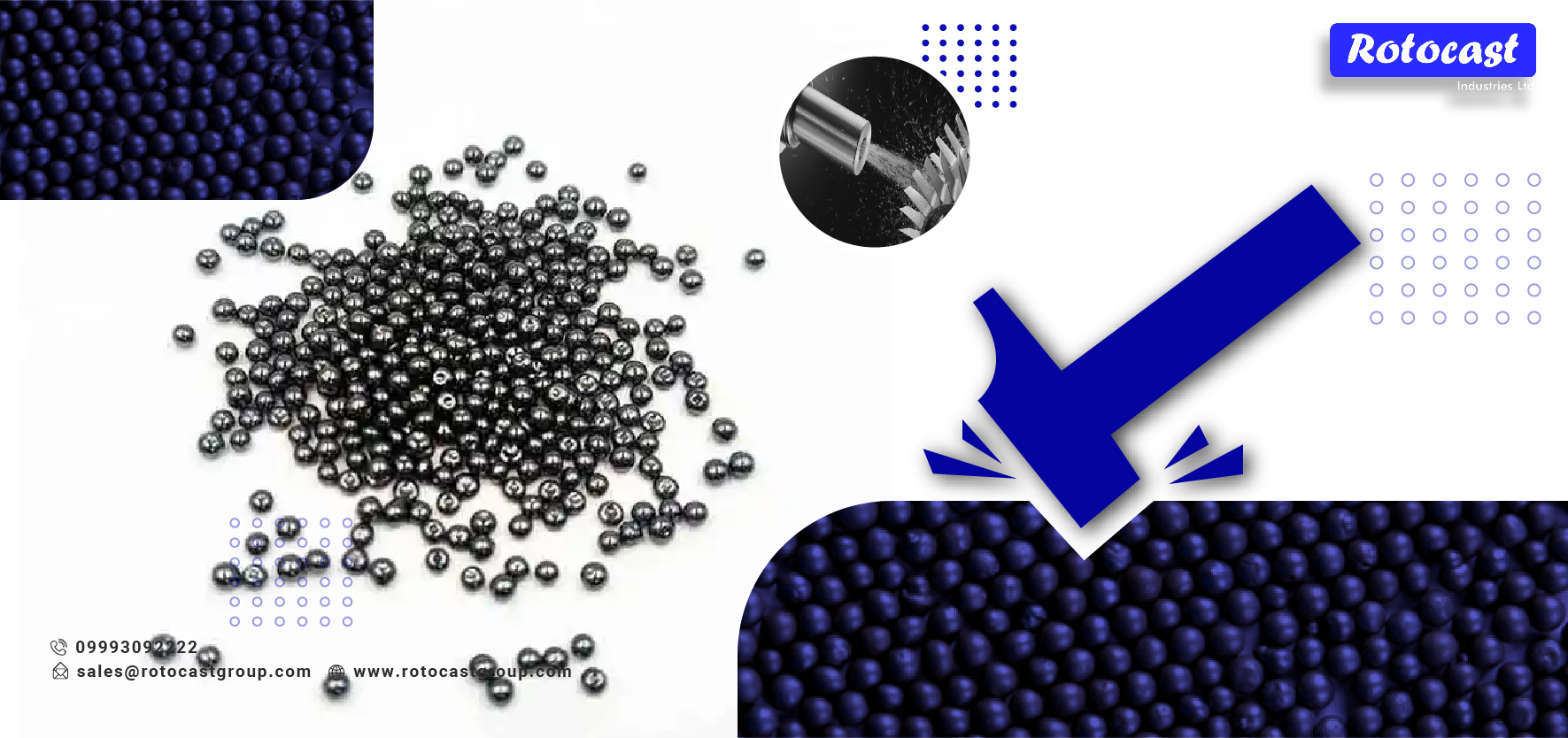
The hardness of steel shots plays a significant role in their performance in blasting operations. The hardness of the steel shots affects their cutting ability, durability, and the impact they have on the surface being blasted. Here’s how the hardness of steel shots affects their performance:
- Cutting Ability:
- Hardness is a critical factor in determining a steel shot’s cutting ability. Harder steel shots can effectively remove tough coatings, rust, and scale from surfaces.
- A harder steel shot will maintain its shape and cutting edges for a longer period, allowing it to continue effectively abrading the surface.

- Surface Finish:
- The hardness of steel shots can impact the surface finish achieved during blasting operations. Softer shots tend to provide a smoother finish, while harder shots may produce a rougher or coarser surface.
- The choice of hardness depends on the desired surface texture and the specific requirements of the application. For instance, a smoother surface may be preferred for painting or coating applications.
- Durability:
- Harder steel shots are more durable and have a longer lifespan compared to softer ones. They are less likely to fracture or break during the blasting process, which reduces the need for frequent media replacement.
- Durability is crucial for cost-effectiveness in blasting operations, as it minimizes downtime for media replacement and reduces overall operational costs.
- Speed and Efficiency:
- Harder steel shots can be used at higher velocities and have a more significant impact on the surface being blasted. This can lead to faster and more efficient cleaning or preparation of the material.
- The increased kinetic energy of harder shots can enhance the removal of contaminants and coatings.
- Material Compatibility:
- The hardness of steel shots should be selected based on the material being blasted. Some materials are more sensitive to abrasive hardness than others.
- For example, when blasting softer materials like aluminum or certain plastics, using extremely hard steel shots may cause excessive material removal or damage.
- Reusability:
- Harder steel shots tend to be more reusable because they maintain their shape and hardness over multiple blasting cycles. This reduces the need for frequent media replacement and waste generation.
- Wear and Tear on Equipment:
- The hardness of steel shots can also impact the wear and tear on blasting equipment, such as nozzles, hoses, and cabinets. Extremely hard shots may cause more wear on equipment components.
In summary, the hardness of steel shots is a critical parameter in blasting operations, as it affects their cutting ability, surface finish, durability, and efficiency. Selecting the appropriate hardness of steel shots depends on the specific requirements of the application, the material being processed, and the desired outcome. Balancing these factors ensures effective and cost-efficient blasting operations.

